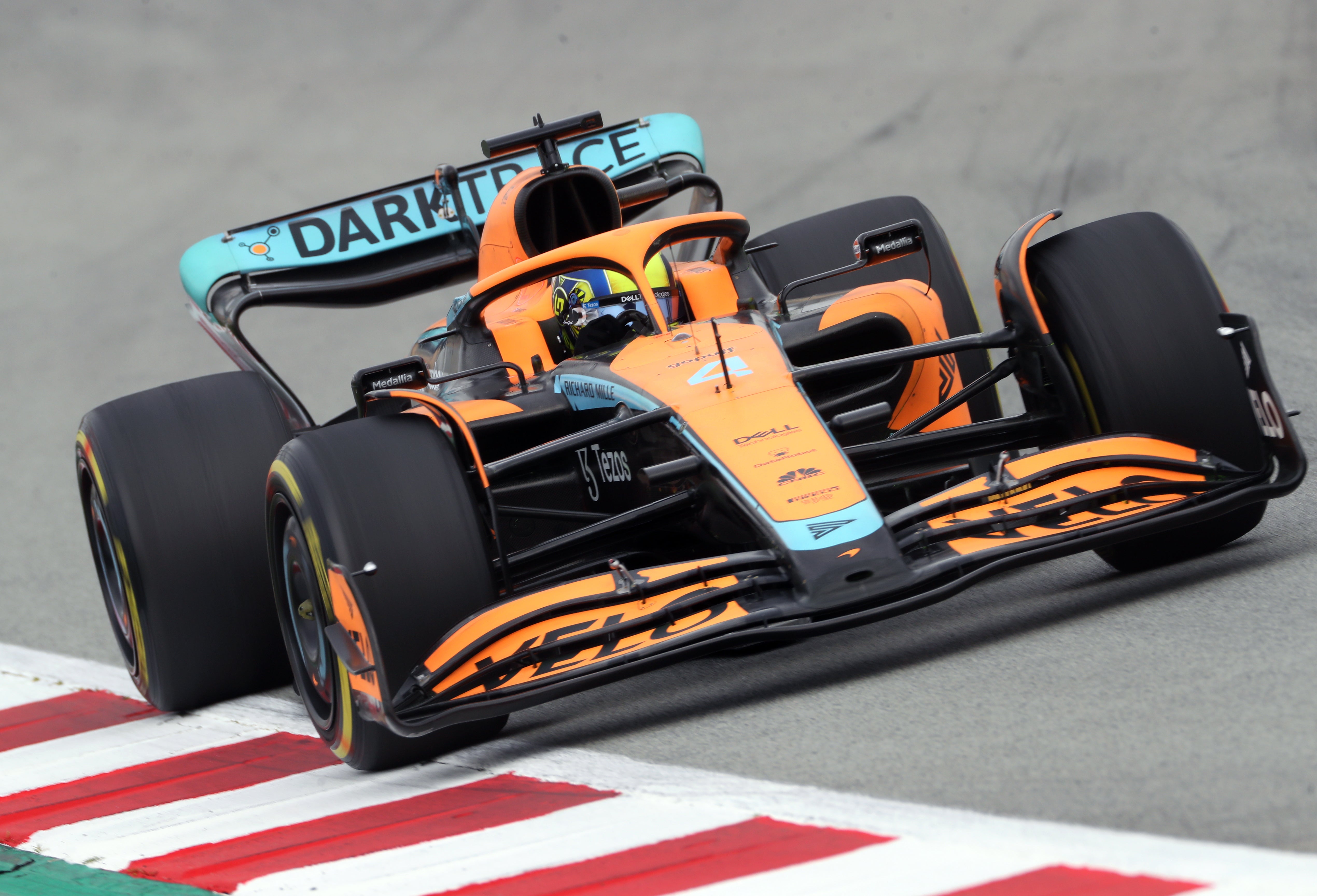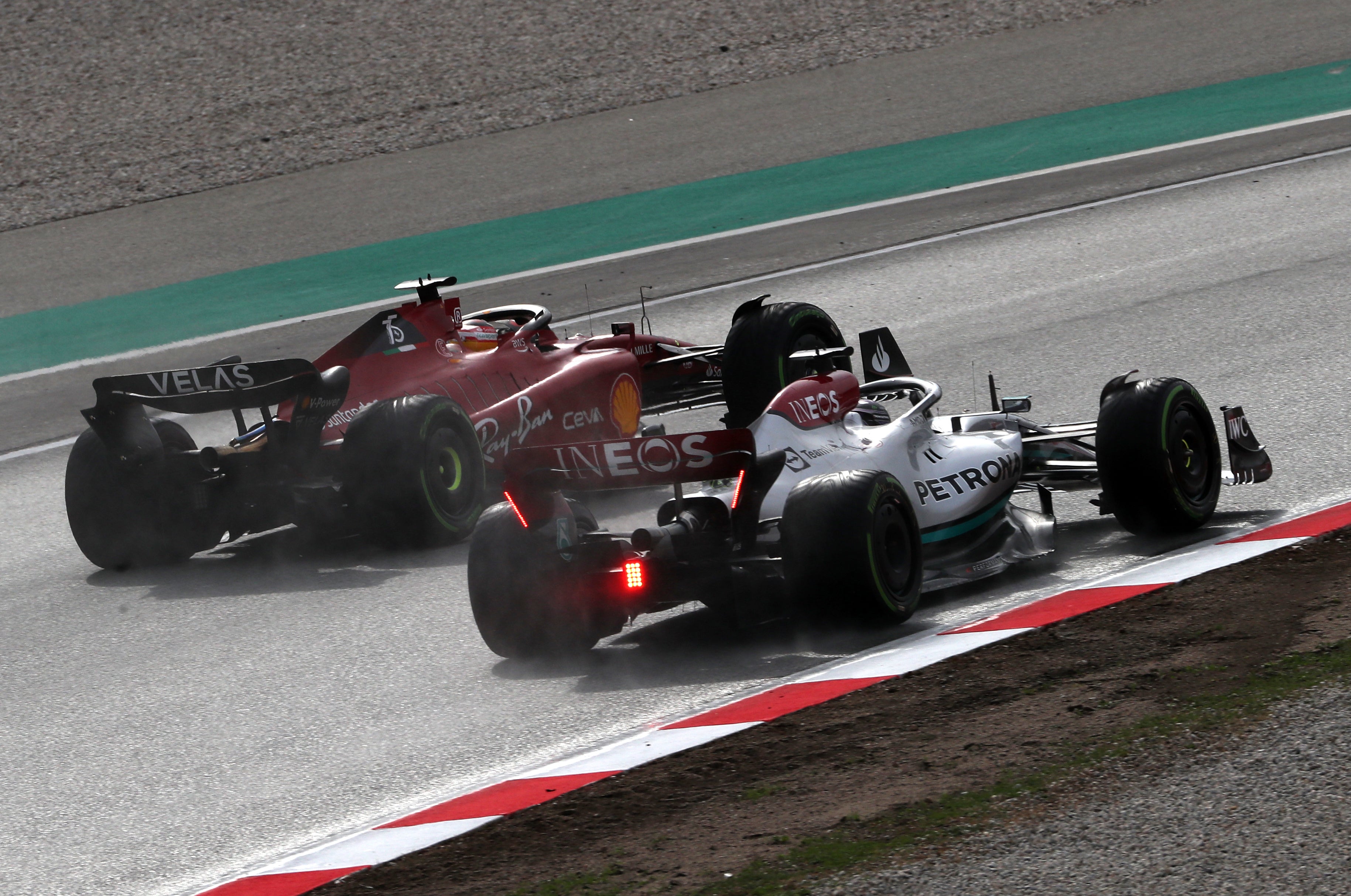F1 2022: McLaren director explains changes to radically-overhauled regulations
The Woking-based team’s executive technical director James Key helps dissect the rule changes for the 2022 season

Your support helps us to tell the story
From reproductive rights to climate change to Big Tech, The Independent is on the ground when the story is developing. Whether it's investigating the financials of Elon Musk's pro-Trump PAC or producing our latest documentary, 'The A Word', which shines a light on the American women fighting for reproductive rights, we know how important it is to parse out the facts from the messaging.
At such a critical moment in US history, we need reporters on the ground. Your donation allows us to keep sending journalists to speak to both sides of the story.
The Independent is trusted by Americans across the entire political spectrum. And unlike many other quality news outlets, we choose not to lock Americans out of our reporting and analysis with paywalls. We believe quality journalism should be available to everyone, paid for by those who can afford it.
Your support makes all the difference.Formula One has undergone a radical overhaul of its technical regulations for the new season.
Here, the PA news agency sat down with McLaren’s executive technical director, James Key to dissect the change in rules.
Why have the regulations been revamped?
The major reason is to improve the ability to race. Formula One cars generate jet-fighter performance with huge amounts of downforce. But they rely on clean air to create that performance.

When a driver follows another car and gets stuck in the so-called ‘dirty air’, the performance drop-off is massive, they cannot keep up, and that has made racing difficult.
So, what’s changed?
To remove that problem, Formula One, its governing body the FIA, and the teams, have come together to create a machine which is far less susceptible to the car in front.
We have moved from 13-inch Pirelli wheels to 18-inch wheels. We have mud-guards over the front tyres, a simpler front wing design, and a new floor which has been raised a long way above the ground.
The changes have been introduced to generate an air-flow which compliments the car behind, rather than hinder it. As far as aesthetics go, the most striking aspect are the new sidepods. The car is also heavier, up 50 kilograms from last year to almost 800 kilos.
Does it work?
The early signs seem to suggest that it is easier to follow. Hopefully it will also reduce the performance difference between the teams and create a tighter grid. The closer racing will be more fun for the drivers and the sport only benefits from that entertainment.
How big a challenge has it been?
From a technical perspective, it has been a huge challenge because it is a massive change. This is my 25th season in Formula One and it is certainly the biggest change I have seen during my time in the sport.
We have had hefty changes in the past, but all of those were based around the same principles and you could adapt what you already knew. But this year, we have started with a clean sheet of paper, and that has never been the case before.
And what about Mercedes’ new sidepods?
Hats off to them for giving it a go. It is a brave decision to go for something so different which needs quite a lot of mechanical engineering to get it to work.
You might also say it is just one of 10 different concepts. Mercedes’ tiny sidepods are on the other end of the scale to Ferrari’s, but I am sure they will both be competitive.
Perhaps that suggests the sidepods will not be a major player. Mercedes have certainly gone the most extreme so it will be interesting to see how it pans out and if that was the right way to go.
Has anyone stolen an advantage?

This year, more than ever, it is really difficult to tell. Teams run different tyres, fuel, and engine modes – all of which significantly change how fast the car is – during testing and there is no point showing your hand. It seems to be reasonably close.
One has to believe Mercedes and Red Bull will be strong. They have both been bold with their designs, which you might expect given their legacies of investment, success and the methodologies which have worked for them in the past. Ferrari do look strong and where we are in that mix? I don’t know.
None of us can predict how the grid will shape up in Bahrain. We will only find out on Sunday.
Join our commenting forum
Join thought-provoking conversations, follow other Independent readers and see their replies
Comments